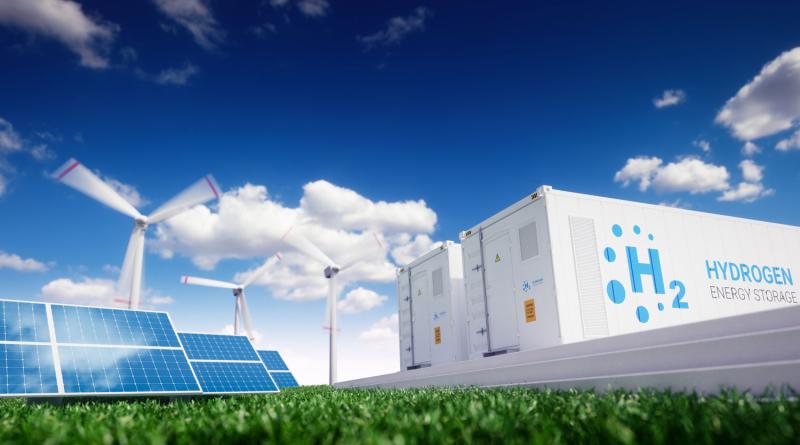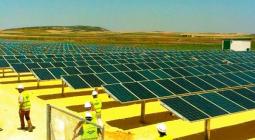Wind, hydrogen and solar fused in Portugal's punchy new energy transition plan

Portugal has more than doubled its 2030 goals for installed capacity for both solar energy and electrolysers used for green hydrogen, while bumping up its ambitions for onshore wind.
The new targets are part of an updated outline of energy and climate plans that Portugal, along with all other members or the European Union, were due to present to Brussels by 30 June on Friday.
Under the new NECP, Portugal aims to generate 85% of its annual electricity usage from renewable sources by 2030, up from around 60% in 2022.
Solar capacity is expected to reach 20.4GW in 2030, up from 9.3GW in the previous plan, while electrolyser capacity to produce green hydrogen should hit 5.5GW by 2030, up from 2.5GW forecast previously.
The government raised the onshore wind target for 2030 to 10.4GW, from 9GW forecast earlier, partly due to the expected impact of repowering of older infrastructure.
The country's first offshore wind auction, due later this year, could lead to 2GW of capacity being installed by 2030, the plan suggested.
Portugal already boasts one of the highest ratios of renewable generation for the electricity sector anywhere in the EU.
Ratcheting up renewables ambitions further will allow Portugal to reduce reliance on natural gas-fired power plants to 3.8GW in 2030 from 5GW now, the Portuguese document said.
Portugal aims to reduce its greenhouse gas emissions by 55% by 2030, compared to 2005 levels, while its previous plan allowed a softer 45%-55% range in cuts.
Portugal also signalled its ambition of becoming carbon neutral five years earlier than its original national energy and climate plan (NECP), submitted in its first finalised form in 2019.
The NECPs of all member states will be submitted for public scrutiny and a final plan is due to be submitted to the European Commission by June next year.
The EU Commission published its first EU-wide assessment of the final NECPs in September 2020, and has required each country to submit a progress report every 2 years.
The NECPs are intended to address five aspects of EU-wide energy policies: decarbonisation; energy efficiency; energy security; internal energy market; research, innovation and competitiveness.
The Commission monitor’s the EU's progress as a whole towards achieving these targets.
Portugal is doing better than many member states in this respect but has said it will need to find another €75bn euros ($82bn) of investment in green energy projects to keep on track.
The country’s latest plan suggested the renewables will account for 49% of all energy usage, compared to 47% in the previous version of the national plan and an EU target of 32.5%.
Spain has registered a similar charge in solar capacity and is also planning an inaugural offshore wind tender,
The Spanish Ministry of Ecological Transition and Demographic Challenge (MITECO) updated the country's NECP last month with an increased target for solar PV of 76GW by 2030 — including 19GW in self-generated consumption — up from 39GW in the previous plan.
Solar PV grew 129% in Spain between 2019 and 2022, when it reached 20.1GW, suggesting the targeted deployment of an additional 56GW over the next eight years.
The latest Spanish plan also includes the addition of 62GW of wind power, including 3GW of offshore wind, 14.5GW of hydro, 4.8GW of concentrated solar power (CSP) and 1.4GW of biomass.
Last month the European Court of Auditors (ECA) issued a report warning that the bloc is at risk of failing to meet its 2030 climate change targets, owing to a possible shortfall in funding and incentives for low-carbon investments.
cover photo: Stanford Daily






